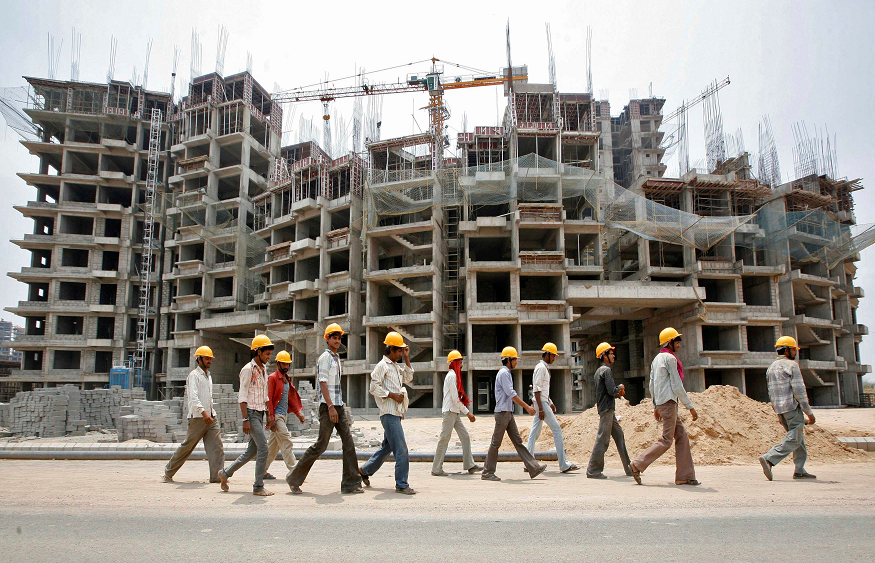Scaffolding is a critical element in construction, offering a safe and secure working platform for workers to perform their duties. However, scaffolding is a high-risk activity that can lead to accidents and fatalities if not appropriately maintained and inspected. To prevent accidents, regular scaffold inspections and maintenance done by All Trade Scaffoldingare essential. In this article, we will explore the importance of regular scaffold inspections and maintenance to prevent accidents in construction sites.
Importance of Regular Scaffold Inspections
Regular scaffold inspections are essential to ensure the safety and security of workers working at height. A scaffold inspection involves examining the scaffold’s structural components to determine if they are in good condition and capable of supporting the workers’ weight and the equipment. Scaffold inspections can identify any damage, wear and tear, or any other issues that may lead to accidents.
Scaffolds must be inspected before and after use and at regular intervals, depending on the scaffold’s complexity and the frequency of use. A scaffold inspection must be carried out by a competent person who has adequate knowledge and experience in scaffold erection and dismantling. A competent person can identify any potential hazards, such as missing guardrails, loose fittings, or damaged boards, that could lead to accidents.
Regular scaffold inspections can help prevent accidents by identifying any potential hazards and addressing them before they become a safety issue. By addressing these issues early, it reduces the risk of accidents and injuries in the workplace. All Trade Scaffolding inspections also ensure that the scaffold is erected and dismantled safely and that workers are not exposed to unnecessary risks during the process.
Importance of Regular Scaffold Maintenance
Scaffolding is subject to wear and tear, particularly during prolonged use, exposure to the elements, and constant movement. Regular scaffold maintenance is essential to ensure that the scaffold is in good condition and safe for workers to use. Maintenance involves repairing or replacing any damaged components, tightening loose fittings, and cleaning the scaffold to prevent rust and corrosion.
Regular scaffold maintenance can help prevent accidents by ensuring that the scaffold is in good condition and that workers are not exposed to unnecessary risks. It can also extend the life of the scaffold, reducing the need for expensive replacements.
The Importance of Training
Another crucial aspect of preventing accidents is ensuring that workers are adequately trained in scaffold erection, use, and dismantling. Workers must be trained to identify potential hazards and report them to their supervisor or the competent person. Workers should also know how to use the scaffold safely and what to do in case of an emergency.
Proper training can reduce the risk of accidents by ensuring that workers have the necessary knowledge and skills to use scaffolding safely. It can also improve worker confidence and productivity, as they feel safe and secure working at height.

